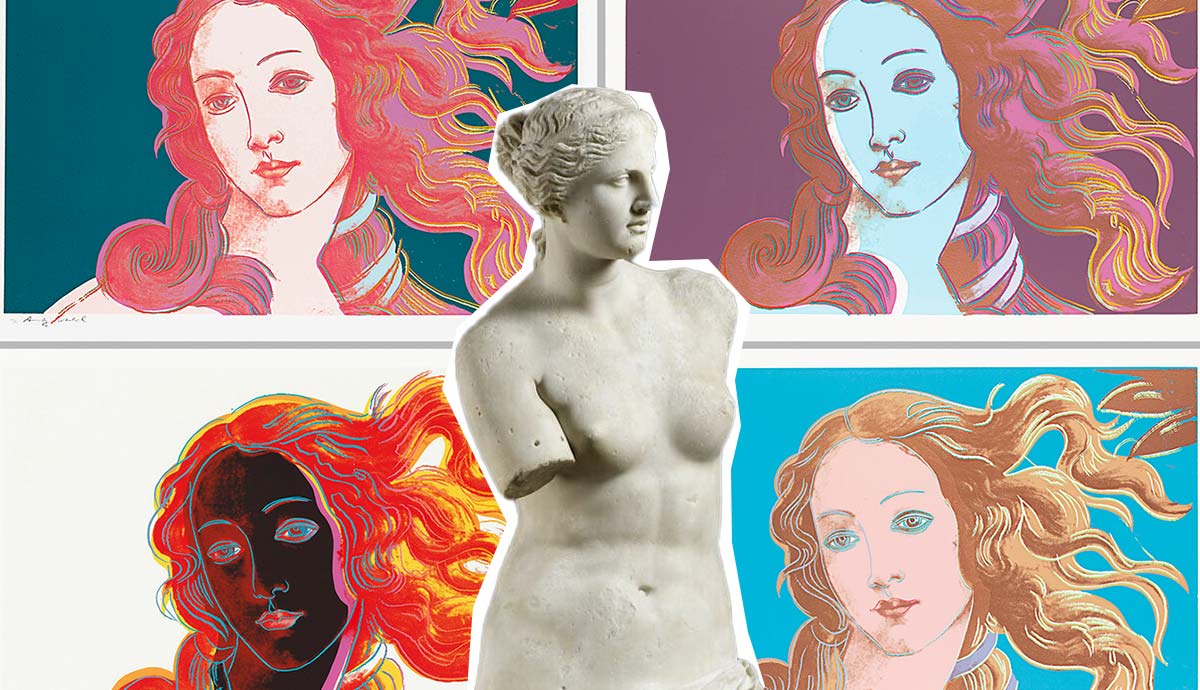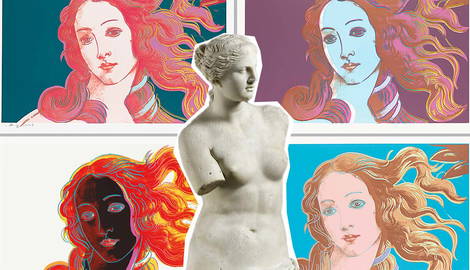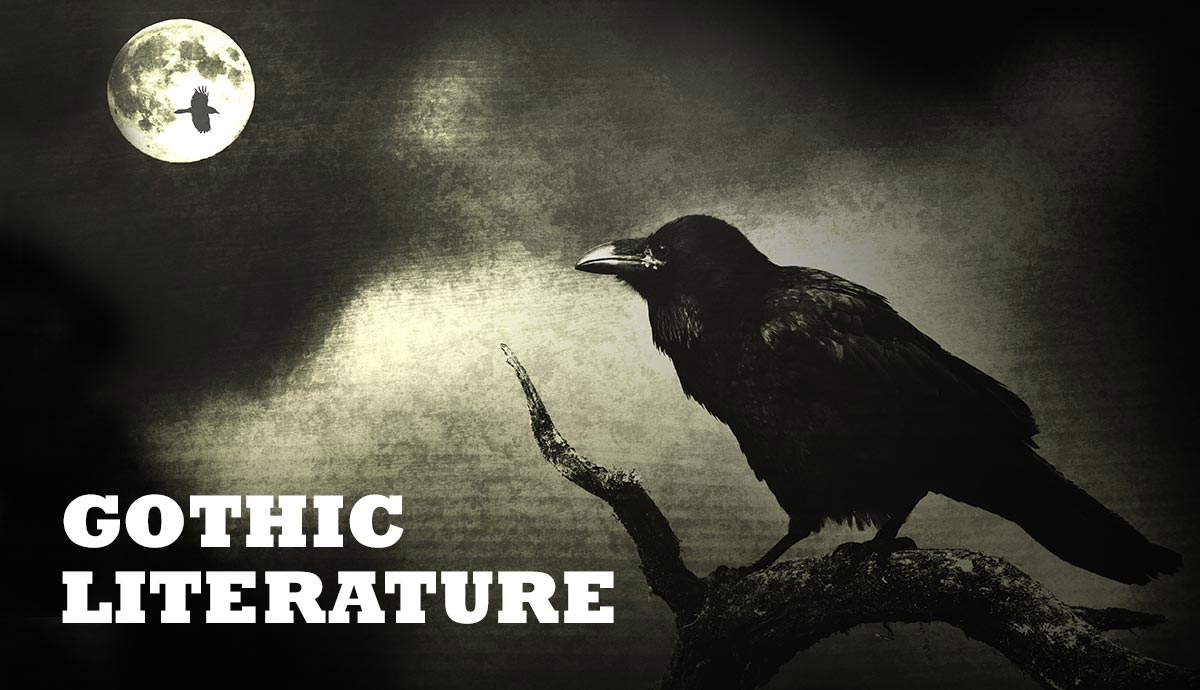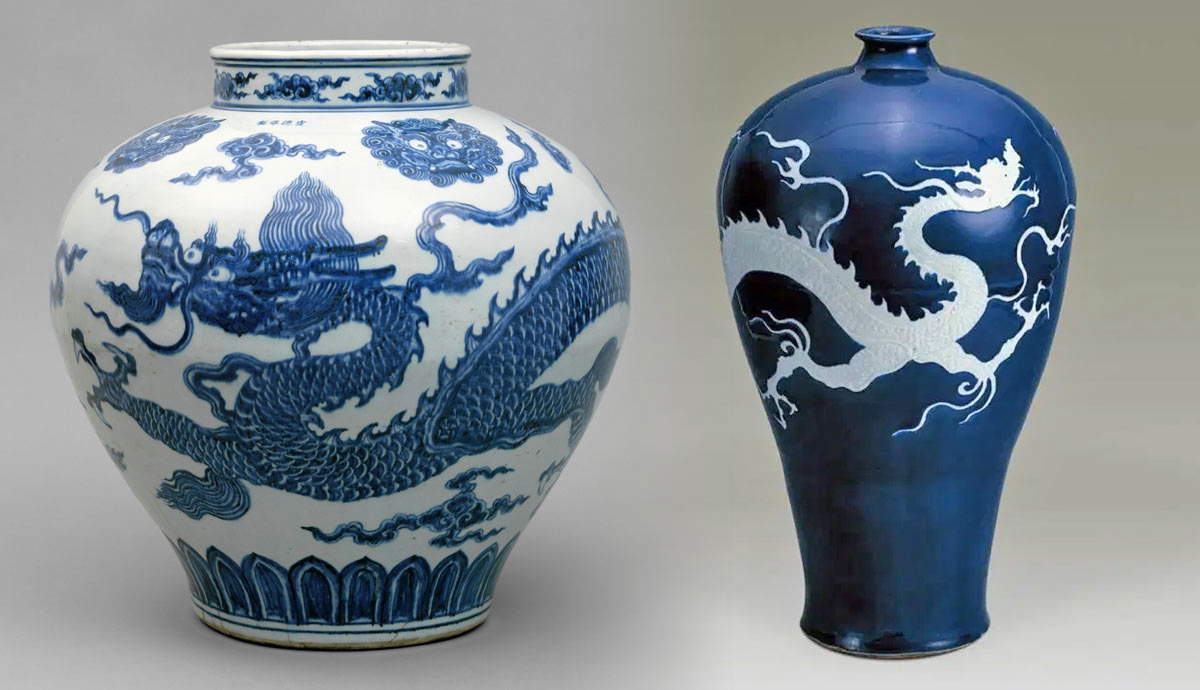
From the sculptors of Greek antiquity to the great painters of the Renaissance and the artists living and breathing in the 21st century, no artist has escaped the charm of Venus. The classical Roman goddess, and counterpart of the Greek goddess Aphrodite, has been a favored muse of artists for centuries, provoking feelings of reverence, admiration, eroticism, and awe. She is a universal symbol of love and beauty. This is a review of representations of Venus in art over the centuries.
Origins of the Goddess Venus

Although popularized under her Roman name Venus, the origins of the goddess are Greek as the Olympian Aphrodite. She appears in the writings of Homer, who describes her as the daughter of Zeus and Dione. In the writings of Hesiod, Aphrodite is described as emerging from the sea, from the bloody foam that formed where the mutilated genitals of god Ouranos fell when titan Cronus castrated him. This violent story serves as a reminder that Venus is a multifaceted goddess. She is mainly associated with love and beauty, but her dark origins also attest to the ferocity of her nature.
She probably made her way into the Greek pantheon as an amalgamation of earlier influences stemming from Near Eastern and Sumerian goddesses. Her attributes were never limited to gentleness. She was also known to be associated with wartime, power, jealousy, and fierce sexuality.
Venus in Classical Antiquity

Paintings and sculptures of Venus would have mainly served as religious imagery in the ancient Greco-Roman world. The cult of the goddess was widespread and numerous shrines and temples were built in her honor. The surviving sculptures are a magnificent testament to the unique nature of the goddess.
Her first known nude portrayal in sculpture from the 4th century BCE as Aphrodite of Knidos by Praxiteles brought a revolution to the ancient art world. It was not only her first nude but the first female goddess to be sculpted completely nude in the ancient Greek world.

Nudity was a practice reserved primarily for male sculpture subjects. It was indeed a daring artwork, one that set the precedent for many more sculptures honoring the beauty of a female body and the bold nature of the goddess. The Venus de Milo from the 2nd century BCE is another world-famous masterpiece, currently held at the Louvre Museum in Paris. The idea of Venus and the myths of her alluring fierceness and intense sexuality gave classical antiquity artists a novel opportunity for stereotype-breaking and unprecedented artistic representations.
Renaissance Rebirth

While the treasures of classical antiquity were not lost, the spread of Christianity from the 4th century CE across the European world kept its splendor dormant for centuries. Literature, ancient ruins, customs, and languages all carried fading traces of the ancient world. Still, the continuous prosecution of the pagan religion made the rediscovery of the ancient myths a pursuit suited for those brave in heart and spirit: the scholars and the artists of the Renaissance world. Classical ideals experienced a rebirth between the 14th to the 17th centuries and classical myth and religion surviving in the classical texts and ruins served as an inspiration.
Venus, with her erotic presence and association with love and beauty, was a protagonist of the Renaissance. She served as mythological erotica for the rich patrons of the Renaissance, embellishing the walls of their bedrooms, as in the case of Giorgione’s Sleeping Venus around 1510. The female nude is a beautiful example of High Renaissance Venetian painting. Giorgione’s painting was left unfinished by the artist and only brought to fruition by the painter Titian. Sleeping Venus was also a source of inspiration for Titian, who in 1538 composed the even more famous Venus of Urbino.

This painting is evidence of the efforts of the Renaissance artists to align the pagan gods with the customs of their time and revive the beauty of the classical era. In the painting above, Venus is portrayed as a young Venetian bride lying in bed. While waiting to be clothed, she is also preparing to partake in a Renaissance marital ritual known as “il toccamano,” during which a bride would touch the hand of the groom to give her consent for marriage.
The roses held by Venus are a common symbol associated with the goddess and femininity. The dog at her feet represents fidelity, and the upcoming marriage is highlighted by the presence of the two maids in the background. One maid is holding a wedding dress, while the other is looking through a cassone, a chest that was typically found close to marriage beds during the Italian Renaissance.

Of course, one cannot mention Venus in the Renaissance without discussing the most famous masterpiece portraying the goddess, The Birth of Venus by Sandro Botticelli. The painting was commissioned by the Medici family, who were well-known patrons of the arts. The painting references Homer’s myth about the birth of Venus. According to the myth, the goddess reached the island Cythera on a seashell after her birth.
The figure of Venus is inspired by ancient statues of the goddess, such as Aphrodite of Knidos. The figure on the right is Zephyrus, a Greek god of wind. Holding a nymph, he blew the wind that carried Venus to the island on the sea foam. On the left, we see the goddess of spring, ready to throw a flower-decorated mantle over the goddess to cover her nudity. It is a beautiful juxtaposition, with Venus covering only her intimate areas with her hands as she awaits her mantle.

Ovid’s Metamorphosis inspired the Italian painter Titian to also portray the divine and tragic love of Venus and Adonis. Venus became enamored with Adonis after being accidentally hit by one of Cupid’s arrows. Cupid is the son of Venus and also one of the protagonists in the painting, glancing at the couple with concern as his quiver and arrow hang from the tree above him. In the painting we see the goddess trying to hold tight to her lover, desperately trying to keep him from a hunting trip. Adonis ends up dead after being attacked by a wild boar. The worry of Venus for her lover is a testament to the anthropomorphic nature of the Olympian gods. She embodies a woman overwhelmed with fear for the life of her lover and the susceptibility of the gods to experience tragedy.
Tragic Venus

The Renaissance artists could not get enough of the idea of a powerful provocative goddess, who also served as the protectress of love and marriage. They employed her abundant eroticism to convey complex themes and meanings, as we see in the painting An Allegory with Venus and Cupid by the artist Bronzino. The nudity of the sculpted body of the goddess of love being dearly embraced and kissed by her son Cupid is at first conquering the eyes of the viewer. The playfulness of the erotic scene is enhanced by a joyous child ready to throw flowers at the two main embraced figures. However, Bronzino also cleverly exposed multiple horrors of life and mortality under the cover of corporal beauty.
In the top left corner of the painting, we see the eyeless figure of Oblivion and in the right top, we see the Father of Time, with an hourglass resting on his back. His facial expression emits panic as he attempts to throw a blue veil, perhaps to hide the almost inappropriate embrace below. To the left of Cupid, seemingly hiding in the background, there is a disturbing male figure holding onto his head and letting out a desperate scream. The figure shows signs of progressed syphilis, such as sporadic alopecia and finger swelling. Syphilis was ravaging the masses during the Renaissance, as there was no known cure yet, although mercury was often used. That consequent mercury poisoning resulted in toothlessness and redness in the eyes, which are also apparent in the figure.
The physicians of the time were aware that syphilis was sexually transmitted. Bronzino created an ingenious puzzle showing the potential awful consequence of syphilis to the otherwise beautiful and hedonistic scene of Venus and Cupid. The painting hides one more terrifying creature: a harpy. Harpies are monsters with the head of a woman and the lower body of a ferocious bird. Besides their horrific appearance, harpies serve as symbols of divine justice and rage. Yhey were believed to unleash suffering, chaos, and torture to those guilty of hubristic actions. Under the surface of the seemingly pleasant and beautiful erotic encounter, Bronzino hid symbols and portrayals of mortality, oblivion, the audacious passing of time, divine justice, and the venereal disease scourging the people of his time.
Baroque Venus

As the world reached the Age of Enlightenment in the 17th century, Venus remained a predominant figure in the arts. The Feast of Venus is a beautifully complex painting by the Baroque artist Peter Paul Rubens, created in 1636/37. The painting is an homage to the greatness of love, embodied in the figure of Venus. She reigns at the center of the painting, emitting etherealness and covering her intimate parts.
The work is based on the earlier painting The Worship of Venus by Titian from 1518 and on an inscription from ancient Greece, which describes an image of a statue of the goddess surrounded by cupids and nymphs placing decorations on it. The dancing and playful cupids, ritual sacrifice, decorating nymphs, and provocative embraces of the satyrs and the women in front of the classical ruins, create an ecstatic and awe-inspiring scene to celebrate the divinity of love.
Venus in Rococo Art

The term Rococo refers to the art movement dominating the 18th century and is identified by excessive embellishment, playfulness, wealth, and pleasure. The classical narratives fit well within Rococo art and Venus is again a favored subject. Her eroticism and association with joy and love are a perfect match for the Rococo movement.
The painting The Triumph of Venus by François Boucher refers to her birth myth, where she emerges from the ocean foam. Venus is lying on a seashell, surrounded by flying cupids, dolphins, water nymphs, and tritons, all symbolizing love. The body postures of the figures paint a sensual, dreamy, and perfectly Rococo scenery.
Venus and the Academy

As the centuries progressed, art styles evolved, but Venus continued to be present. As well as referencing the classical myths, Venus gave artists the opportunity to portray nudity. Nudity was acceptable, but only within the appropriate pretext of a mythological ideal.
The academic painter Alexandre Cabanel presented the painting The Birth of Venus at the Art Salon of 1863 in France. The artwork was a sensation and was purchased for the private collection of Emperor Napoleon III. Venus stars in a painting emitting abundant eroticism and sensuality, resulting from her lying pose on the ocean foam, in a dreamy landscape. Nonetheless, the guise of an ideal mythological context served as the perfect cover for the judging eyes of the still-in-abundance conservative moralists of the 19th century.
Venus in Modern and Contemporary Art

Venus survived in the 20th century art scene. The painting Nude with Fruit Bowl (Venus), by the modernist Mario Sironi, is characteristic of the Italian Metaphysical style. The goddess of love becomes part of an obscure square that defies realistic perceptions and creates the illusion of a dream-like scene with extreme contrasts. The statuesque figure of the goddess of love, a timeless symbol of love and beauty, contrasts with the uncanny dark background and a mundane fruit bowl. The remaining architectural and geometric elements, such as the colonnade with the ancient bust in the background, also pertain to the Metaphysical style. Venus is portrayed as more reminiscent of an architectural structure than that of a human. The gray and brown colors of soil and stone dominate the painting scene, enhancing it architecturally as well.

Andy Warhol was one of the most iconic artists of the late 20th century and one of the originators of the Pop Art movement. He created numerous portraits of popular icons. When later in his career he was intrigued by classical art, he chose as his inspiration maybe the most well-known Renaissance painting, Botticelli’s Birth of Venus. Warhol established Venus as an icon in his modern world, portraying her in his unique Pop Art style. The bright colors, the contrasts, and the focus on the face and hair of Venus were all Warhol’s ways of bringing forward the divine beauty of the goddess. Through this homage, the old Renaissance painting of Venus traveled through time into the modern era and gained its rightful, high-status place in the mass-media-obsessed world of Warhol.

The image of Venus has traveled not only across time but also across cultures. In the artwork Birth of Oshun by Harmonia Rosales, we see the beautiful work of an artist translating Botticelli’s Birth of Venus to fit the narrative of a divine spirit worshiped in Southern Nigeria. Oshun is a spirit associated with love, harmony, and desire, a perfectly suited counterpart for Venus. She is framed by the goddess of the winds, Oya, on her left, dressed in red. Oya is reminiscent of Zephyrus, a Greek god of the winds, in Botticelli’s painting. Oya is holding Obatalá, the creator of humans. On Oshun’s right, there is the divine spirit of the oceans, Yemayá, ready to throw a golden robe on Oshun’s naked body. The artist found an innovative and beguiling way to challenge stereotypical European beauty ideals and bring black female empowerment to the forefront.
Venus Eternal

From Homeric hymns and Greco-Roman mythology to her Renaissance rebirth and modern representation, the image of Venus has survived in art across the centuries. Art has evolved, but artists are continually drawn to the idea of the goddess of love. From being revered in an ancient cult to transforming into a popular contemporary icon, the idea of Venus continues to enthrall the imagination and spark our artistic curiosity.








